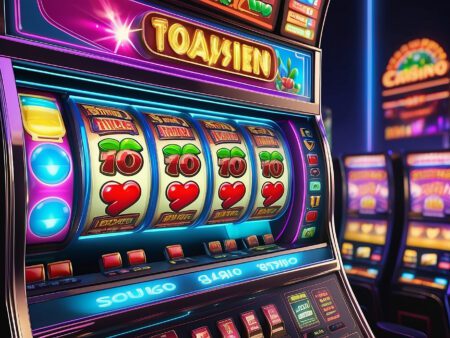Learn the ins and outs of card counting in blackjack with this comprehensive guide. Boost your chances of winning by understanding how to track the ratio of high-value and low-value cards in the deck.
Counting Cards in Blackjack: A Comprehensive Guide for Success
Blackjack is a popular casino game that offers players the opportunity to use strategy to improve their odds of winning. While there are various strategies that players can employ, one of the most famous and controversial methods is card counting. Counting cards in blackjack involves keeping track of the cards that have been dealt to determine the probability of the remaining cards. In this comprehensive guide, we will explore the ins and outs of card counting in blackjack and provide you with the knowledge and skills to potentially boost your winnings.
The Basics of Card Counting
Card counting is a technique used to track the ratio of high-value cards to low-value cards that remain in the deck or shoe. The idea behind card counting is that when there is a higher proportion of high-value cards left, the player has an advantage and can increase their bets accordingly. Conversely, when there are more low-value cards left, the dealer has the advantage.
To effectively count cards, it is important to assign a specific value to each card. The most commonly used card counting system is the High-Low system. In this system, low cards (2-6) are assigned a value of +1, neutral cards (7-9) have a value of 0, and high cards (10-Ace) are assigned a value of -1. As the cards are dealt, the player keeps a running count in their mind, adjusting the count with each card that is revealed.
The True Count
While keeping a running count can provide a general idea of the proportion of high and low cards left in the deck, to make accurate betting decisions, players must calculate the true count. The true count is determined by dividing the running count by the number of decks remaining in the shoe. This adjusted count takes into account the actual density of high and low cards.
For example, if the running count is +4 and there are three decks remaining, the true count would be +4 divided by 3, which equals +1.33. The true count indicates that, on average, there is roughly one high-value card per deck more than expected. This information is crucial for determining the optimal betting strategy.
Betting Strategy
Card counting not only provides players with information about the composition of the remaining cards, but it also helps them adjust their betting strategy. When the true count is positive, indicating a higher proportion of high-value cards, players can increase their bets to maximize their potential winnings. Conversely, when the true count is negative or close to zero, indicating a higher proportion of low-value cards, players should decrease their bets to minimize potential losses.
It’s important to note that card counting is not foolproof and does not guarantee consistent wins. It is a strategy that provides players with a slight edge over the casino if applied correctly. Additionally, casinos have implemented measures to detect and discourage card counting, including using multiple decks, shuffling frequently, and banning known card counters.
Tips for Effective Card Counting
While card counting may seem daunting at first, with practice and dedication, anyone can become proficient. Here are some tips to improve your card counting skills:
- Start by practicing with a single deck of cards to gain a solid foundation.
- Use a card counting app or software to practice and improve your speed.
- Master basic blackjack strategy before attempting to count cards.
- Avoid attracting attention by maintaining a low-key demeanor while playing.
- Keep track of the discard tray to estimate the number of decks remaining.
- Practice maintaining a running count while performing everyday tasks to improve multitasking abilities.
Conclusion
Counting cards in blackjack is a strategy that can give players an edge over the casino. By keeping track of the proportion of high and low cards remaining in the deck, players can adjust their betting strategy to potentially increase their winnings. However, it is important to remember that card counting is not foolproof and may lead to negative consequences if casinos detect your strategy. As with any gambling technique, practice, discipline, and knowledge are key to success. Good luck!










